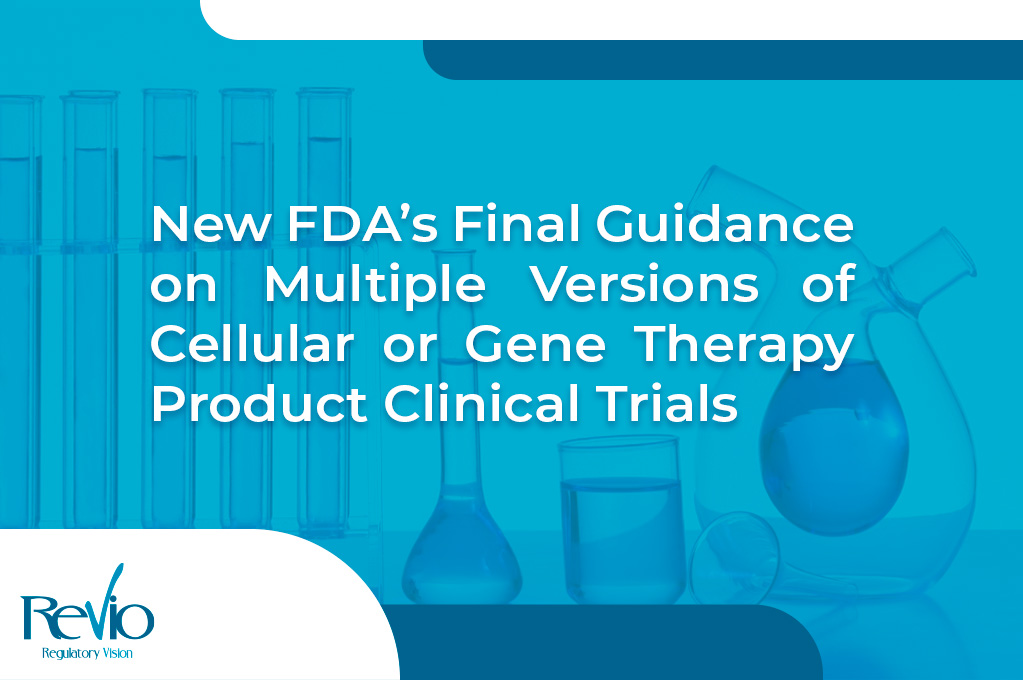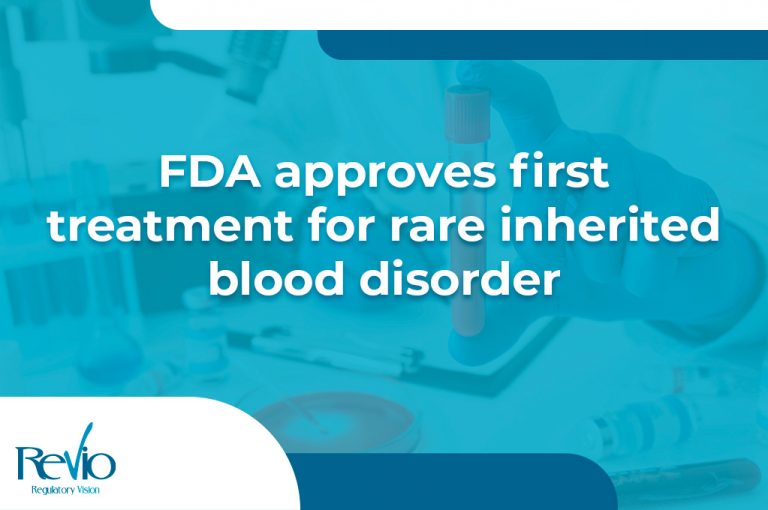FDA has recently issued a new final Guidance for Industry on Studying Multiple Versions of a Cellular or Gene Therapy Product in an Early-Phase Clinical Trial. The purpose of this guidance is to provide recommendation to sponsors with interest in gathering preliminary evidence of safety and activity using multiple versions of a cellular or gene therapy product in a single clinical trial.
Multiple versions of a product can be studied together in a single clinical trial. Despite this, each version of the product is distinct and is generally submitted to FDA in separate investigational new drug applications (IND) that are cross-referenced among each other.
Clinical trials that study multiple products in parallel for a particular disease or condition under a master protocol are commonly referred to as “umbrella” trials. This guidance focus on a certain type of umbrella trial, where the products are multiple versions of a cellular or gene therapy product in a single disease.
The final objective of these early-phase clinical studies is to guide which version of the product to pursue for further development in later-phase studies.
In this guidance, FDA provides recommendations for studies that evaluate multiple versions of a cellular or gene therapy product, including how to organize and structure the INDs, submit new information and report adverse events.
Submission of Information to INDs
The guidance provides a framework on the submission of separate INDs for a single clinical study, to minimize submission of the same information and facilitating cross-reference to shared information in the INDs.
In these cases, INDs are referred as “Primary” or “Secondary”, where Primary INDs include clinical information about the umbrella trial, and Secondary INDs does not include clinical information. For example, an IND amendment that contains only clinical information (no Chemistry, Manufacturing and Controls (CMC) or Pharmacology/Toxicology (P/T) information), would only need to be submitted to the Primary IND.
For a clinical study with two different versions of the investigational product (Product A & Product B), two separate INDs should be submitted: IND A, IND B.
– IND A: Primary IND. Includes CMC and P/T information for Product A. Also includes complete clinical information for the trial: clinical protocol, investigator brochure, informed consent, etc. And a summary of the similarities and differences between the product versions.
– IND B: Secondary IND. Includes only CMC and P/T information for Product B.
This applies to more versions of the product, as represented in the guideline:

Alternative Approaches
There may be approaches to structuring and organizing INDs for studies in a single disease of multiple versions of a product. Sponsors may choose to submit a stand-alone IND including only clinical information, with CMC and P/T information from other INDs incorporated by cross-reference. The Primary IND would still include the clinical information. However, the Primary IND would cross-reference the Secondary INDs for CMC and P/T information for all the products studies in the umbrella trial.
Clarification on “Versions of a Cellular or Gene Therapy Product”
The guideline presents examples of changes that result in versions of a cellular or gene therapy product or changes that wouldn’t result in different versions, here are some examples:
Changes that result in different product versions
- Changing a cellular product from bulk tumor-infiltrating lymphocytes (TILs) to purified CD8+ TILs.
- Changing from dendritic cells (DCs) pulsed with a recombinant tumor antigen to DCs pulsed with immunodominant peptides from the same antigen.
- Altering the differentiation state of a stem cell product to a more mature cell type along the same lineage.
- Changing the cell source (allogeneic vs autologous, cord blood vs bone marrow) for a mesenchymal stromal cell product.
- Changing from an embryonic stem cell bank to a iPSC bank to produce the same cell type.
- Modifying a gene therapy vector to express the same transgene with a different codon usage, promoter, enhancer, microRNA target or other control element.
- Deleting one or more genes from a viral-based or bacterial-based gene therapy vector.
Changes that do not result in different product versions
- Changing from serum-containing media to serum-free media during cell expansion.
- Changing from adherent to suspension cell culture.
- Scaling up or scaling out the manufacturing process.
- Adding a new manufacturing site.
We hope you found this information interesting and useful. For more information on the submission of information to INDs, or more examples of what changes are different product versions or not, you can check the FDA’s official guidance here!
You can follow us on LinkedIn to get the latest updates, guidance and development on the pharmaceutical regulatory environment. You can also get in contact with REVIO here!




